The solitary willow tree standing in Lake Wanaka has become one of New Zealand’s most photographed natural wonders. Its graceful branches, partially submerged in the crystal-clear waters, create a hauntingly beautiful silhouette against the Southern Alps. What makes this tree extraordinary isn’t just its lonely elegance, but how dramatically its character shifts with the seasons. Photographers and travelers from around the world time their visits to capture the tree’s ever-changing moods.
In autumn, the Wanaka Tree undergoes a breathtaking transformation. The surrounding landscape erupts in golden hues as poplar and willow trees along the shoreline shed their leaves. The water takes on a deeper blue tone, contrasting sharply with the fiery colors reflected on its surface. At this time of year, the tree itself appears more vulnerable—its branches thinning, yet still holding an undeniable dignity. Early morning shots during autumn often feature mist rising off the lake, creating an ethereal atmosphere that makes the tree look like something from a fairy tale.
Winter brings an entirely different energy to this iconic subject. With snow dusting the mountains behind it and frost occasionally clinging to its branches, the Wanaka Tree takes on a stark, minimalist beauty. The water level often rises during winter months, sometimes submerging the lower portion of the trunk completely. This creates the illusion that the tree is floating on the lake’s surface. Professional photographers brave the cold to capture sunrise shots when the tree’s shadow stretches long across the icy water, or nighttime images where the Milky Way arcs dramatically above its bare branches.
Spring breathes new life into the lonely willow. Delicate green buds appear on its branches, contrasting beautifully with the still-snowcapped peaks in the distance. The lake takes on a vibrant turquoise quality as glacial meltwater flows in. This season offers particularly good conditions for reflection shots, when calm mornings create perfect mirror images of the tree on the water’s surface. Spring also brings fewer crowds than summer, allowing for more contemplative photography sessions without jostling for position along the popular shoreline viewpoints.
Summer presents its own unique photographic challenges and rewards. The tree appears lush and full, its leaves creating dappled patterns of light and shadow on the water below. While the vibrant green canopy is undeniably beautiful, the summer sun’s intensity can make exposure tricky. Many photographers prefer dawn or dusk during these months, when softer light enhances the tree’s textures and the surrounding landscape. Summer also sees the lake at its most active, with kayakers and paddleboarders sometimes entering the frame—an element that can either enhance or disrupt compositions depending on the desired effect.
The changing water levels throughout the year create another layer of visual interest. During drier periods, more of the tree’s gnarled root system becomes exposed, telling a story of resilience. In higher water, the tree appears to be standing guard over the lake, its reflection becoming an integral part of the composition. Local environmental factors like algal blooms or unusual weather patterns can further alter the tree’s appearance, meaning no two visits yield exactly the same photograph.
Beyond seasonal changes, the time of day dramatically affects how photographers interpret this subject. The golden hour before sunset bathes the tree in warm tones, while blue hour shots emphasize its loneliness against a cool backdrop. Long exposures during windy conditions can create interesting effects with the moving branches and rippling water. Some photographers experiment with infrared techniques or black-and-white conversions to highlight the tree’s structural qualities rather than its colors.
What continues to draw people to this particular tree, among all the others in Lake Wanaka? There’s an undeniable poetry to its persistence—standing alone year after year, weathering storms and droughts, yet remaining photogenic through every season. It serves as a reminder of nature’s quiet endurance and the human desire to find meaning in solitary beauty. The tree never looks quite the same way twice, ensuring that photographers can always find new ways to interpret this humble subject that has become an international icon of New Zealand’s landscape.

By Benjamin Evans/Apr 11, 2025

By Amanda Phillips/Apr 11, 2025
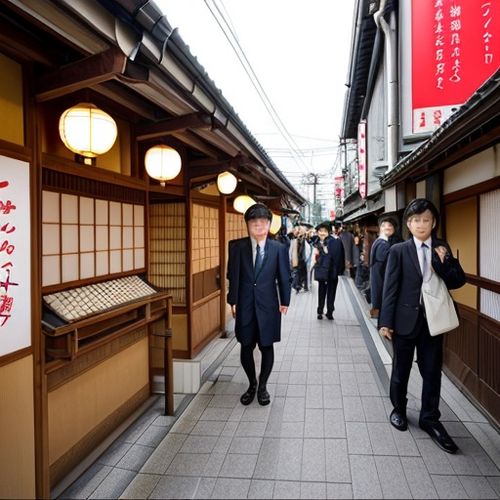
By Ryan Martin/Apr 11, 2025
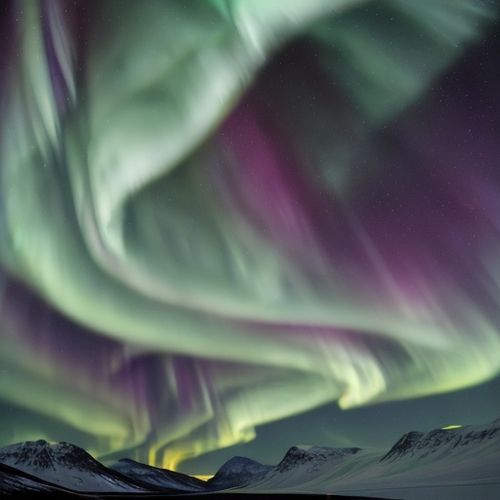
By Sophia Lewis/Apr 11, 2025

By Samuel Cooper/Apr 11, 2025
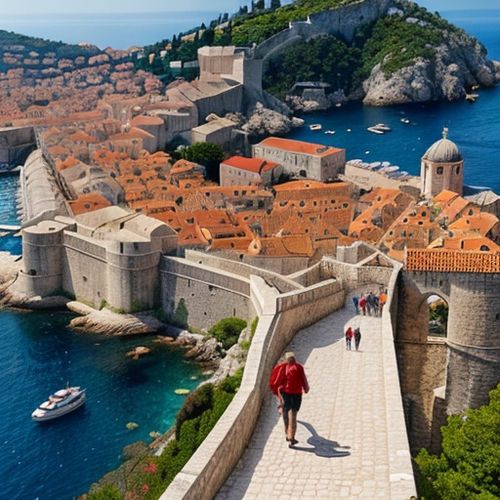
By Laura Wilson/Apr 11, 2025
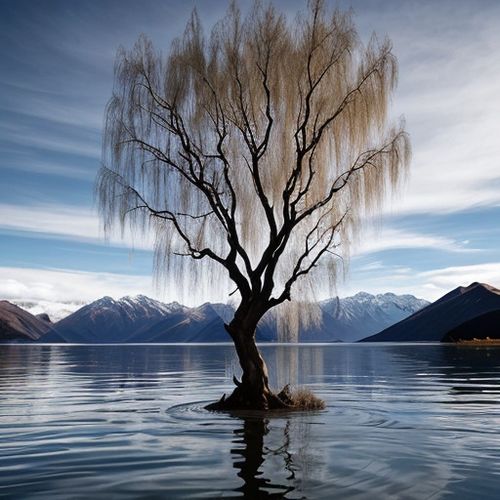
By Eric Ward/Apr 11, 2025

By Samuel Cooper/Apr 11, 2025
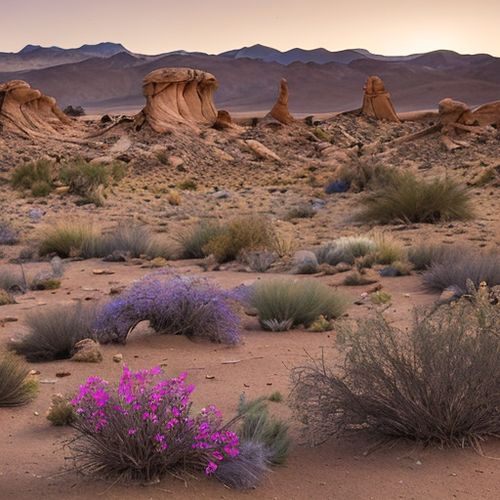
By Thomas Roberts/Apr 11, 2025
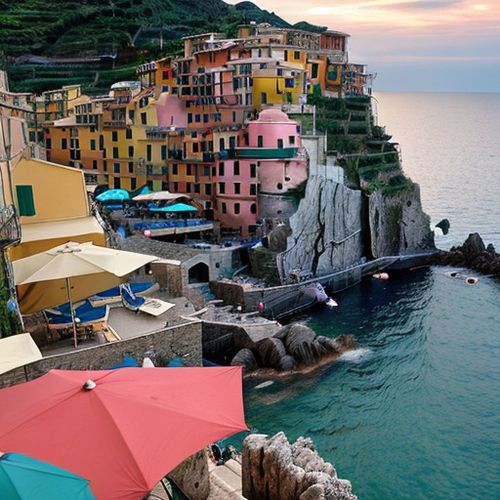
By William Miller/Apr 11, 2025
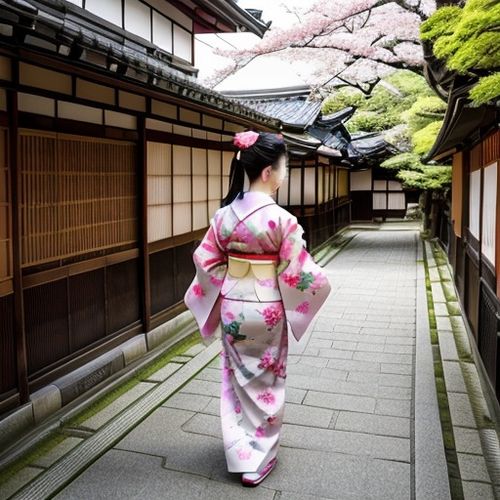
By Megan Clark/Apr 11, 2025

By Michael Brown/Apr 11, 2025
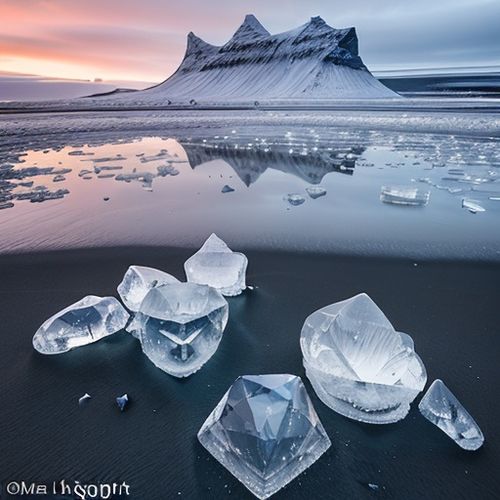
By Sarah Davis/Apr 11, 2025

By Noah Bell/Apr 11, 2025

By Sophia Lewis/Apr 11, 2025
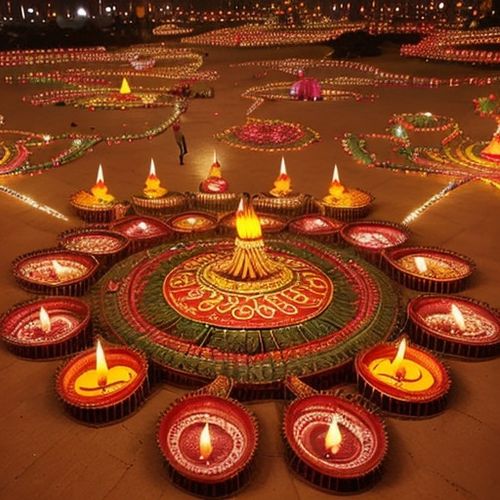
By Daniel Scott/Apr 11, 2025

By Samuel Cooper/Apr 11, 2025
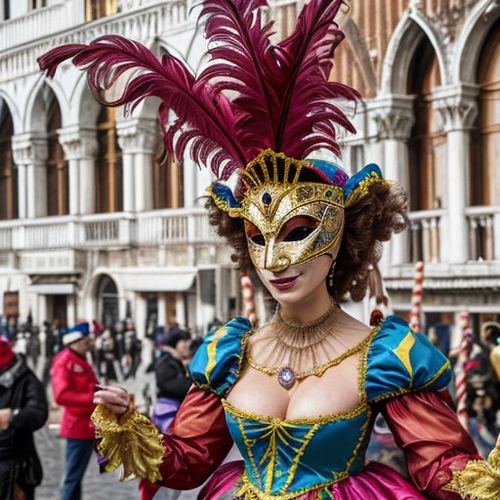
By Joshua Howard/Apr 11, 2025
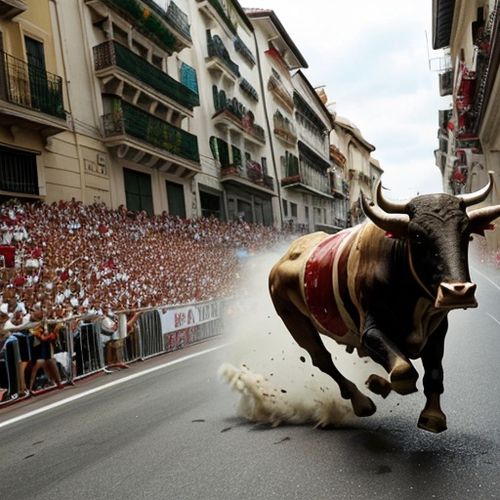
By Joshua Howard/Apr 11, 2025